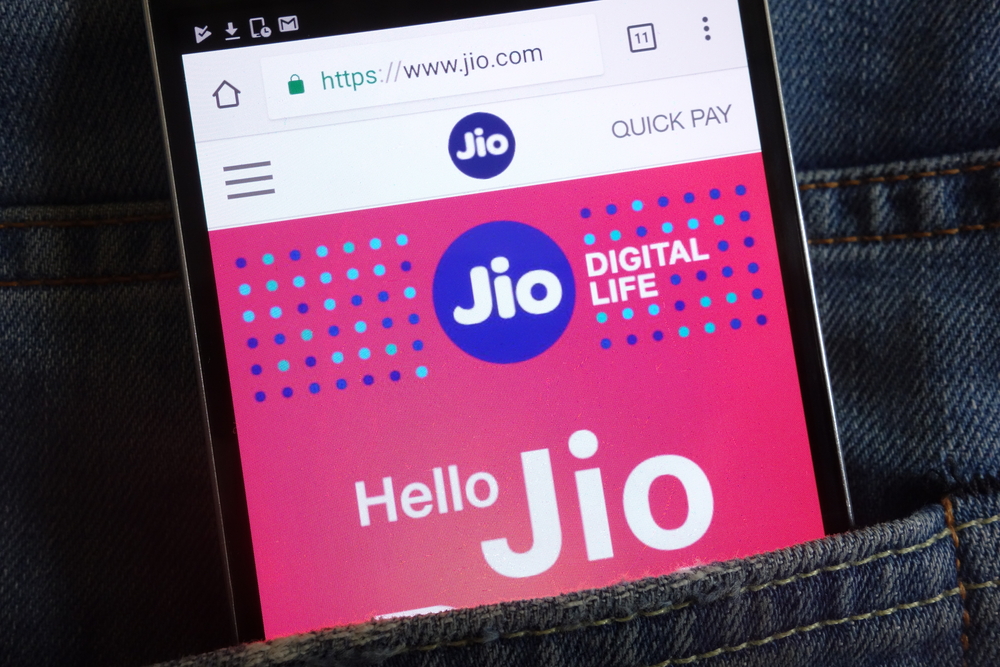Understanding the Process and Evaluation of Initial Public Offering
It is important to conduct thorough analysis & due diligence before making a decision to invest in an IPO

An IPO stands for Initial Public Offering. It is the process of a company ‘listing’ itself on the bourses by selling a fraction of the company’s shares & ownership in exchange for capital. The company may use this capital raised from individual and institutional investors to repay debt, facilitate an exit for early investors, promoters or utilise the funds for the growth of the business including expansion of capacity, establishment of new factories or capturing new markets.
From deciding to go public to hiring investment banks and conducting roadshows for creating awareness of the issue, IPO is a huge task for some, a milestone for few and an emotional moment for many stakeholders of the company. However, it is important to understand that IPOs also hold lot of financial and economic significance for the company. The capital raised through the primary markets (another term for IPO market) is much more sought after than debt due to the absence of interest and repayment obligations. However, raising money through an IPO is not a no-frills procedure, there is continuous, exhaustive compliance, disclosure and cost involved with the process.
A note on the primary markets in India
The Indian equity markets are relatively young, dynamic and somewhat bungling. This presents massive opportunities for retail Indian investors. The primary markets in India have been experiencing tailwinds driven by demonetization and growing interest of Indian households in equities. India stood at the second place in IPO count with 161 IPOs in 2018 as per a report by EY. However, the value of fund raised has lot of scope for further growth.
The two popular exchanges for IPOs in India are the Bombay Stock Exchange and National Stock Exchange. Apart from the relatively large companies hitting the markets for IPO, the BSE recently opened up exchanges for the MSMEs and startups as well. While volumes here remain low, there is a good chance that these steps will spawn a vibrant ecosystem for raising funds and compete directly with venture and debt capital, which is the primary source of capital for early stage companies.
How to evaluate an IPO for investment?
Investing in IPOs is difficult, especially for inexperienced investors. Lack of historical financial data, management history & ambiguity about the prospects make this decision even tougher. It is important to conduct thorough analysis & due diligence before making a decision to invest in an IPO.
Here is a quick checklist to follow while making an investment:
Red herring prospectus
This is a preliminary prospectus filed by the company prior to the Initial Public Offering. This document is distributed to the public and includes key details on the operations of the company and the future aspects. The RHP in actuality is an interim filing with the exchange which indicates that the final registration has not yet been completed or is pending with the authorities. This important period between the RHP filing and acceptance can be used by the investor to carefully understand the business without the pressure of losing out on the deal due to the limited window of issue.
Some basic Internet search can provide additional data about the company including any significant, recent news, developments, prospects, industry scenario and management related information. Any information at this point of time is valuable.
The completion of a careful analysis of an RHP brings us to the next steps:
Issue size and price
After the acceptance of the RHP & other due diligence, the company releases the details of the size of the issue and the ‘price band’. A price band is a range of prices between which the sales of shares shall be conducted. A floor price is the minimum bid that must be made to be allotted a share.
An investor must remember that almost all IPOs are priced to perfection and that the worst of offers come at the best of times. So, it is important to avoid tempation to invest into ‘hot’ offerings unless a through understanding is achieved regarding the reasonable ‘price’ to pay for the share.
Luck and volatility
A trading mindset in terms of making quick bucks from listing gains is a risky strategy as this happens only during optimistic times in the market and is based more on luck rather than fundamentals, until we find a promoter like Narayana Murthy of Infosys, who leave enough room for shareholders to make money by pricing slightly low.
So, an IPO must be considered a long-term commitment and must be given enough time to list, adjust and make significant wealth.
One should, however, maintain a small cash position at all times to fund good opportunities both in the primary and secondary markets.
Author is the Founder and CEO, Savart.in









